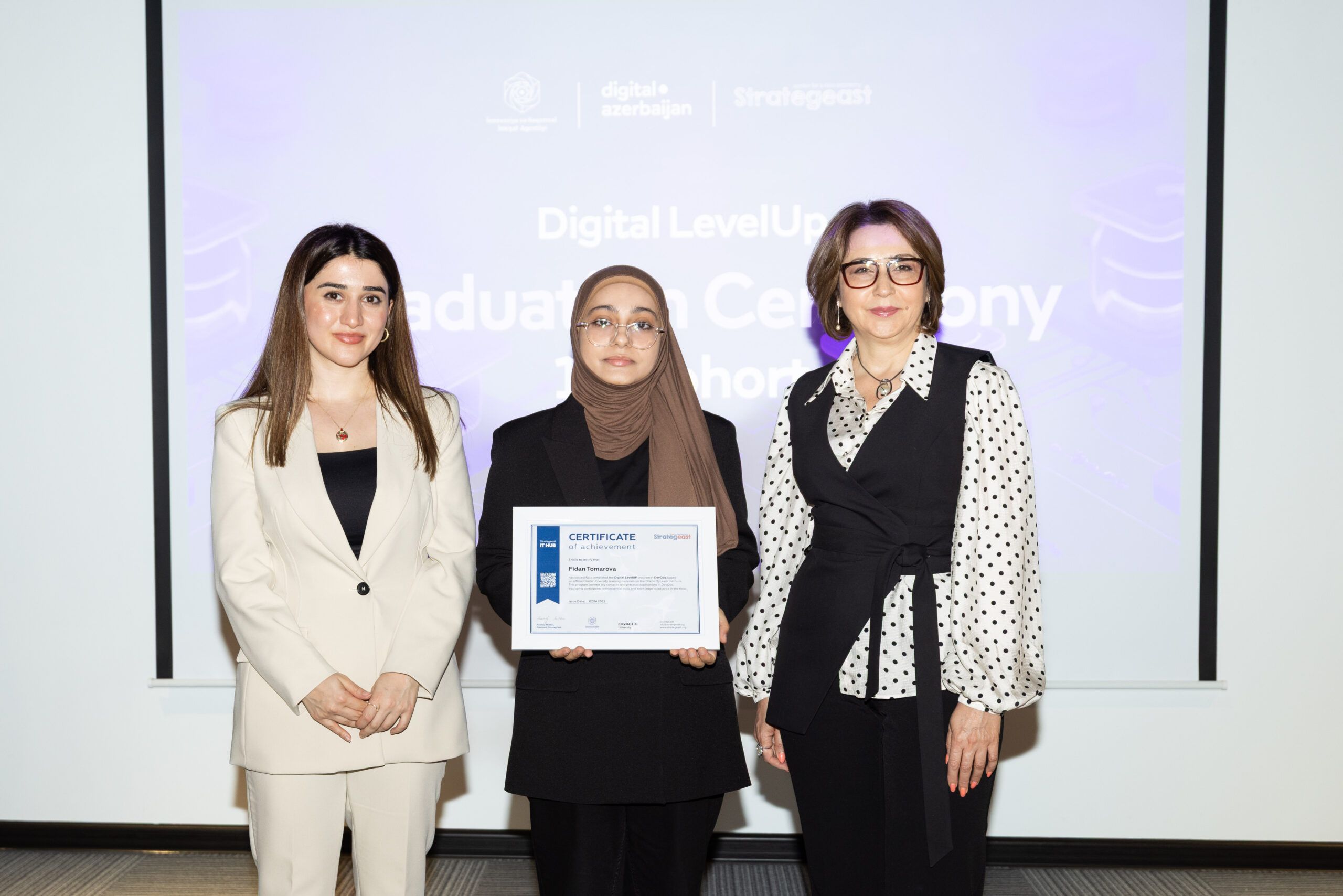As the world urbanizes, sustainable development and economic growth depend increasingly on successful urban growth management. With the right technology — and the know-how to govern it — cities can lead the way in solving problems in energy, transportation, healthcare, education, and natural disaster response while making their communities more inclusive, resilient, and sustainable. What best practices for smart cities are used by the countries of Eurasia and how to make Eurasian smart cities more inclusive – these issues were discussed at StrategEast.Live panel discussion “Smart cities in Eurasia”.
“In our application“ Smart Astana ”we have collected all the main functions of a smart city”, says Zhassulan Kenzhegaliyev, Executive Head,“ Astana Innovations ”JSC, Kazakhstan. “Residents can get over 70 types of services through this application. Thus, city authorities receive feedback from citizens via this app. Already, over 280 thousand residents of Nur-Sultan use the application. It is important that open data is at the core of our policy – we make all the data that the app collects open to our startup community, and on the basis of this data, Kazakh startups create new digital services for citizens.”
Answering the question by the panel moderator Viktor Gurskyi, Executive Director, SocialBoost, Mr. Kenzhegaliyev spoke about how the strategy of cities digitalization was formed. In addition to the city authorities, representatives of the public, universities and the local IT community took part in the development of the strategy.
“The number of urban citizens is growing rapidly all over the world, and just as rapidly, cities have to digitalize to keep them comfortable despite their growing population,” says Vakhtang Lomjaria, Head of Department of Economic Development, Tbilisi City Hall, Georgia. New technologies are a great tool for law enforcement. City residents become more law-abiding, violate traffic rules less, and the number of cases of vandalism decreases. As city authorities, we invest heavily in new technologies and then share our experience with other cities in the country so that they can optimize the costs of purchasing technological solutions, and new solutions were not expenses, but investments that pay off for the city budget. In particular, now representatives of the European Commission are working in Tbilisi, who are creating a “smart city investment portfolio”, and with them we are working on the strategic development of Smart City.”
Victoria Itskovich – Deputy Director – Department IT, Kyiv City State Administration, Ukraine comments: “Our main achievement of the last year is the creation of the Kyiv digital application. It is already used by 1 million out of total 3 million residents of Kyiv. One of the most popular features is parking payments, which, thanks to digitalization, have moved out of the gray zone and become completely transparent. Another achievement was made due to the coronavirus pandemic – we transferred the work of the city administration to an online format. Now, in this format, meetings of the city council can take place, and residents can send online petitions to the city authorities. Another problem that we are trying to solve through digitalization is jams traffic. Let’s put it bluntly – it is impossible to completely solve the problem of an excess of cars on our streets only through digitalization. But to improve the traffic of our streets by 20% is a real goal.”
Yulia Sarviro, Senior Project Manager, Smart Cities for All raised an aspect of smart city organization as accessibility for all. “Why accessibility is important for everyone is, first of all, a basic human right. But besides, digital accessibility does well for everyone. What is comfortable for people with disabilities is comfortable for everyone else. And finally, the city’s concern for its residents – the city’s services should be available to 100 percent of residents, not 95 percent. We should not forget about such an aspect as the commercial component of the smart city. By 2025, the smart city market will reach $2.5 trillion and people with disabilities will form a significant portion of the market.”




